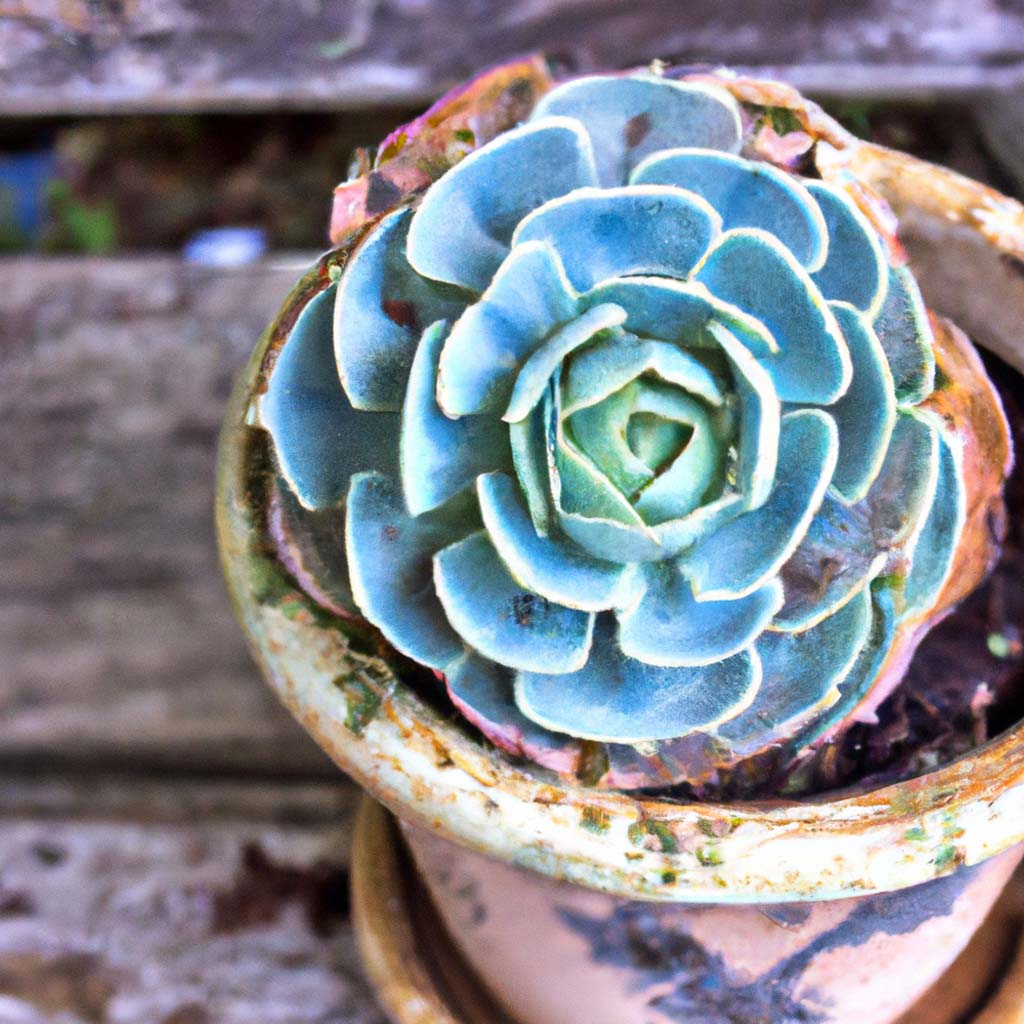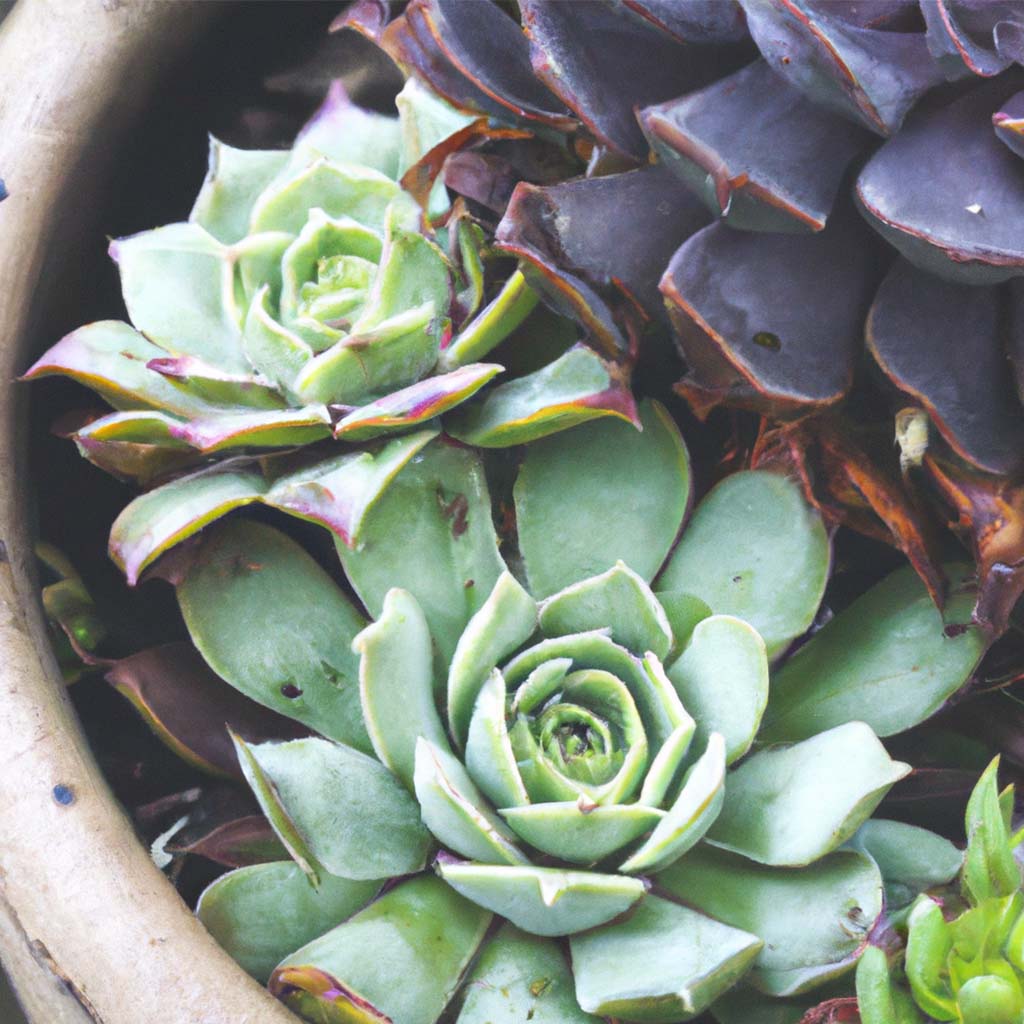
Yes, succulents do need direct sunlight. Succulents are native to desert and semi-desert areas. All of the species need bright light to thrive but it is how much it depends on the weather and types of succulents.
Different species are specialized for different zone. Succulents are sensitive to sunlight too. Overexposure causes them lots of trouble. If they don’t get enough sunlight that will cause more issues.
Keeping succulents indoors or outdoors is a hobby but many times it becomes a burden for many new gardeners as they don’t know how to care for them.
Here we will talk about.
- Direct sunlight issues
- Issues if succulents don’t get enough sunlight
- Essential amount of sunlight for succulent
- Species-wise sunlight requirement.
Let’s know in brief
Direct sunlight issues
You have to give your succulents plenty of sunlight. But there is a limit to how much they can tolerate. Here are some common overexposure issues for succulents.
Sunburn- Sunburn can cause much damage to your plant. it happens when they get too much scorching sunlight in the hottest hours of the day. Symptoms are brown or white patches on the leaves. To prevent sunburn move it to shade for the hottest periods. Arrange some shady trees or something to create a filter between the tree and direct sunlight. (Do succulents need direct sunlight)
Heat stress- overexposure can stress succulents making them vulnerable to pests and diseases. It happens when direct sunlight hits the plants. Ensure that it doesn’t get overheated and move from the heating area such as the south-facing wall.
Bleaching- Due to extreme heat your succulent might lose the healthier color of their leaves and become pale sad and bleached. After having enough sunlight a day move them to shade.
Changes in leaf color- Overheating can cause a change in the color of the leaves. Succulents can lose their natural color such as from green to pink or red as a response. If you prefer natural color provide them more shade.
Dehydration- overexposure can cause dehydration and can lose their moisture quickly. Water your succulents to avoid this. Do not overwater.
Leaf drop- Losing leaf is another issue for succulents. Due to extreme heat, they might respond to dropping their leaves reducing water loss. You can avoid this by continuously moving toward the shady place.
Issues if succulents don’t get enough sunlight
Etiolation and elongation- It is a common problem for most of the beginners. If your succulents don’t get enough sunlight they will try to touch light stretching their stems resulting in leggy, tall, and bald-looking weak succulents. It becomes more vulnerable in winter. To avoid this take it to a brighter place if you can’t manage sunlight then use grow light.
Reduced color- Light helps them to be colorful healthy and right patterned. Lack of light can result in faded foliage and light-colored. Which will fail to provide enough nutrition to the plant.
Growth problem- Sunlight helps succulents in photosynthesis which helps succulents to produce energy. Lack of ideal sunlight can slow down their growth and may even stop sometimes.
Vulnerable to pests and diseases- Weak foliage and stems are more vulnerable to pests and diseases such as fungi, bacteria, and mealybugs. Healthy succulents are less vulnerable to these issues.
Watering problem- if you water them as usual if they were kept outside. It will increase the chance of rot root. Weak foliage can’t absorb enough moisture resulting in wet moisture soil which helps the etiolation problem too.
Leave dropping- like overexposure underexposure can cause leaves to drop. Manage enough sunlight to overcome this issue.
Essential amount of sunlight for succulent

Most of the succulent species need 4-6 hours of sunlight a day. It depends on the species. Manage shade to protect from scorching sunlight
The ideal temperature for succulents depends on the species you own. The general temperature is 60°F to 80°F (15°C to 27°C). Here are some guidelines. (Do succulents need direct sunlight)
- Daytime temperature- 70°F to 80°F (21°C to 27°C) is healthier for succulents. They can tolerate high temperatures if there is enough airflow and not in the direct hit of sunlight.
- Nighttime temperature- 50°F to 60°F (10°C to 15°C) helps succulent. As they are native to the desert, this temperature drop helps them to simulate their natural habitat.
- If you live in a colder zone and you want to push the limit with succulents. you may find this helpful.
If you always keep your succulents indoors. To keep them healthy you must keep 2-3 hours once a week under the sun. Try to keep the tub in a south window. If you keep them in shade, to touch the sun their shape might change toward the sun and if your room doesn’t get any light, to keep them in good condition make artificial light.
Species-wise sunlight requirement
Sedum spectabile, Ice Plant, Autumn Joy, Rhodiola rosea, Kalanchoe blossfeldiana, Echeveria spp, Agave Americana, Living Stone, Echeveria, Agave attenuate and so more. To know more.
These species need much light to thrive. 4-6 hours in direct sunlight is their minimum requirement. And they are more suitable to the outside environment except in winter. Give care and attention as usual.
Sedum ternatum, Agave parryi, Hens and Chicks, Prickly Pear Cactus, African Milk Tree, Yucca filamentosa, Agave Montana, Aloe vera.
They can tolerate shade and less light but you can’t always expect them to tolerate darkness. Be careful of them.
Succulents have a remarkable ability to thrive in the desert. Genetically they love sunlight.
For their ornamental beauty, most gardeners want a minimum of one or two variants of succulents to increase the beauty of their garden and indoors. Keeping a desert plant at home is easy but it is not easy to care for them as they need. They are vulnerable to overwater overexposure pests and diseases and they need special soil.
If you don’t have enough time to care for succulents but still want to keep them as a showpiece. Some species can tolerate low care and maintenance. Be sure to check it out.
